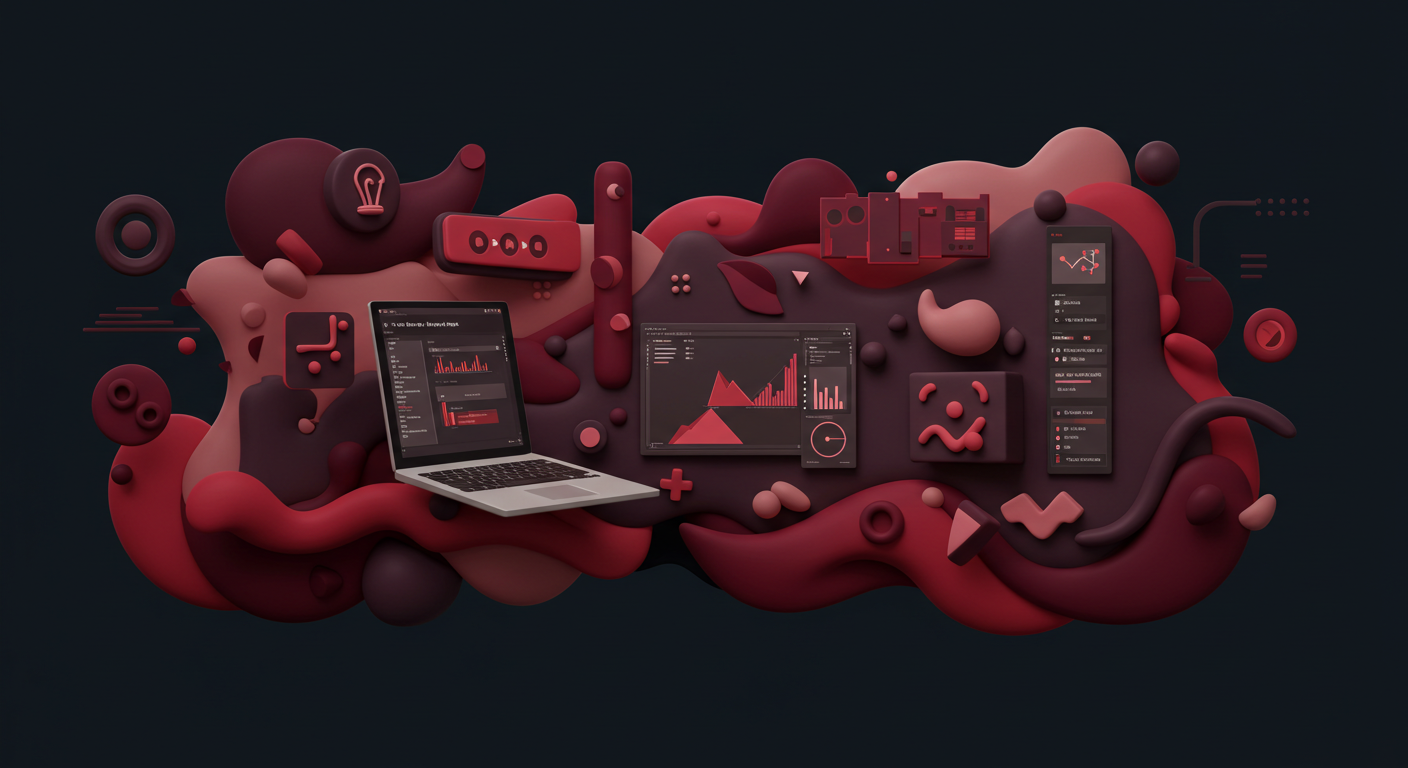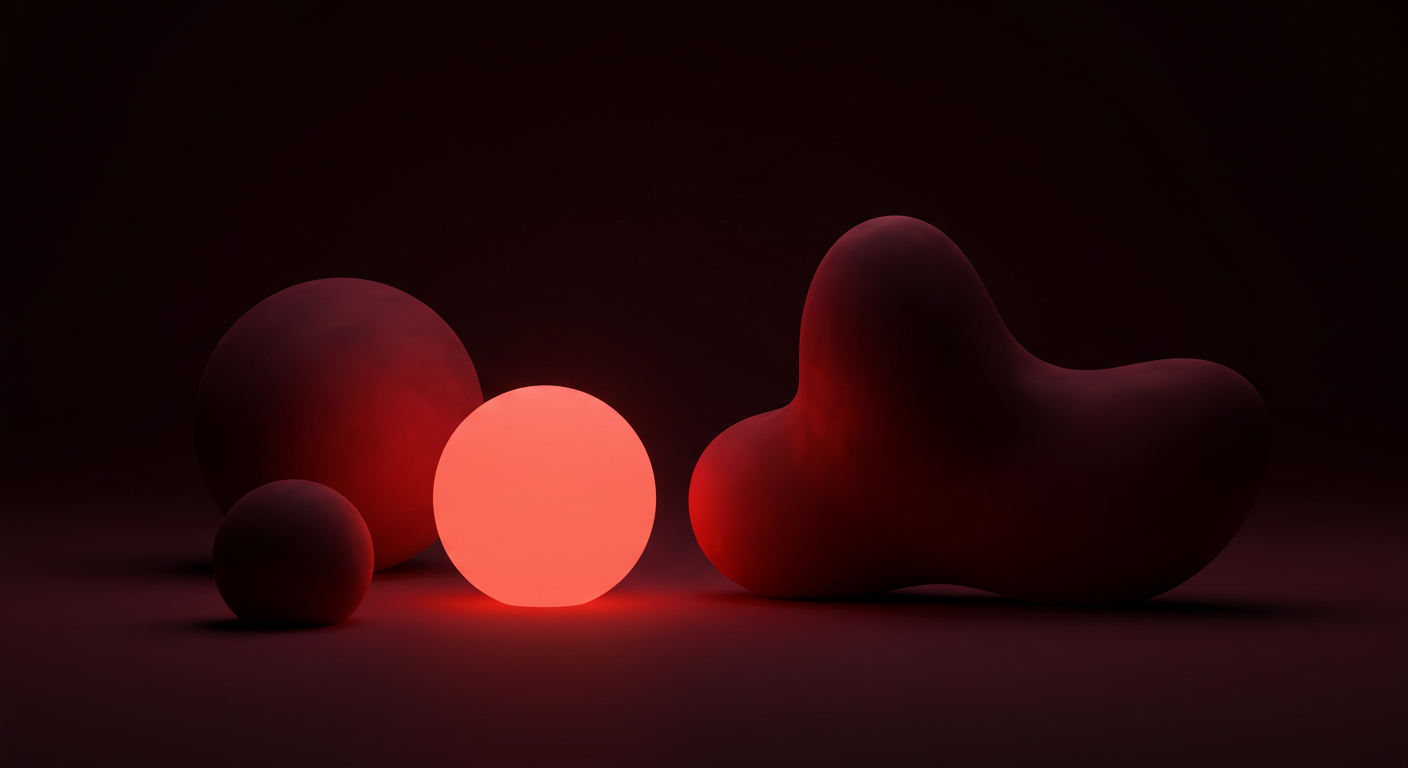It’s not good enough, make it great.
The real danger in design isn’t failure. It’s settling for “just okay.”
Too often, we stop once something works. The layout looks fine. The flow makes sense. The metrics hold steady. It’s safe, responsible, and easy to defend. But it doesn’t move anyone. It doesn’t make them feel something or remember it later.
In a world where everything blends together, “just okay” disappears fast.
When good became the goal
Jim Collins once wrote that good is the enemy of great. It’s true in design too. Over the years, we traded ambition for efficiency. Agile told us to move faster. MVPs taught us to test and ship quickly. Somewhere along the way, minimum stopped meaning learning and started meaning settling.
We built products that worked but didn’t connect. Journeys that functioned but felt flat. The bar quietly lowered until “good enough” became the goal.
But no one falls in love with “good enough.”
What great actually looks like
Great design isn’t about decoration or polish. It’s about resonance. It’s the product that feels effortless, the flow that needs no explanation, the detail that shows someone cared.
Those things don’t happen by accident. They come from going a little further when everyone else is done. From noticing the rough edge, fixing the line break, or rethinking the moment a user hesitates.
Great design makes people feel seen.
Why it matters now
Every product today looks and performs about the same. Functionality and usability are the baseline. What separates one from another is how it feels.
Did it respect your time? Did it make something easier in a way that felt thoughtful? Did it earn your trust?
That’s the work that matters. It’s the difference between something people try once and something they come back to. Between a tool and a brand.
Good is common. Great is rare.
And in a world where sameness moves faster than ever, great is the only thing worth aiming for.



